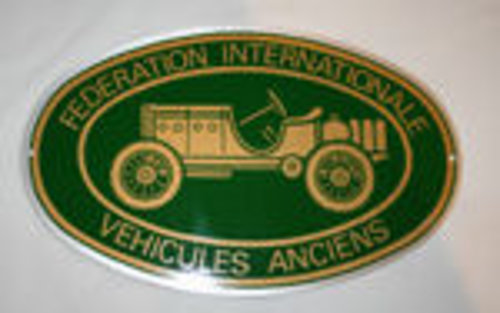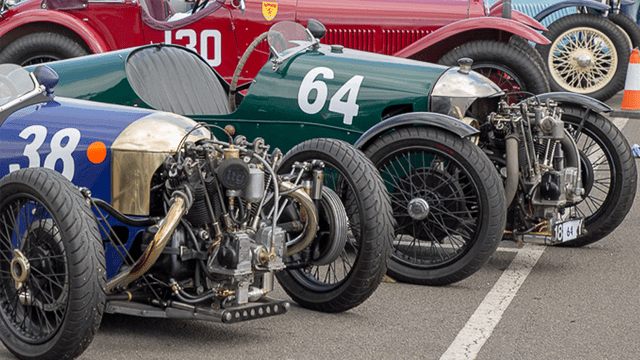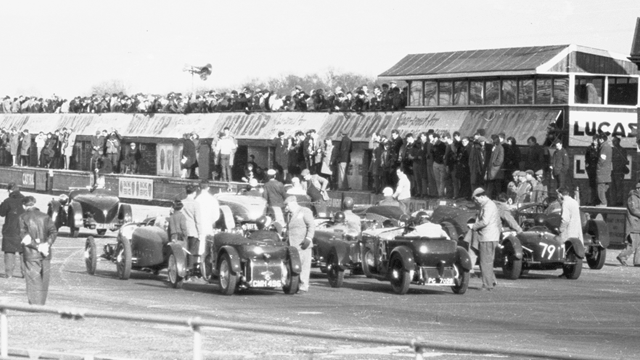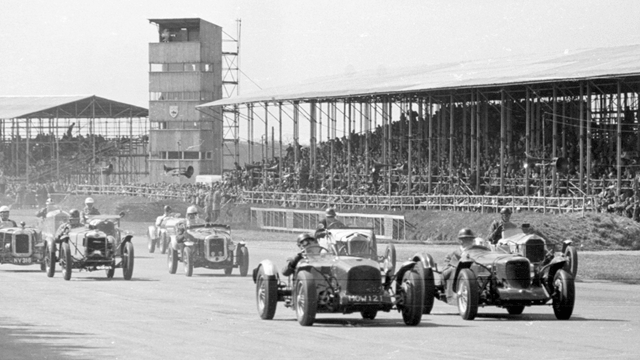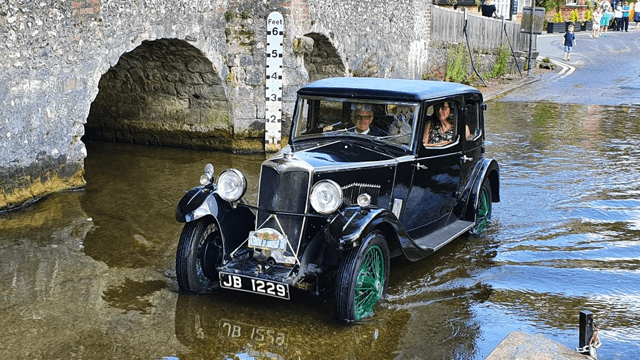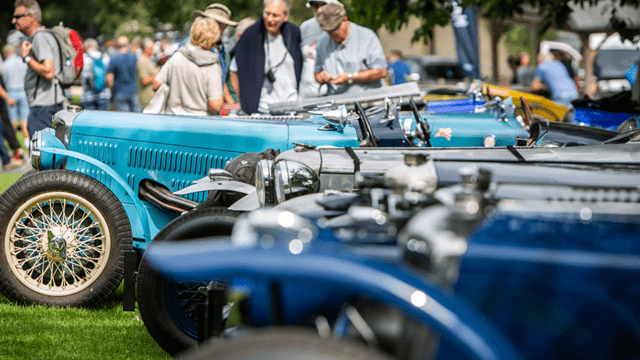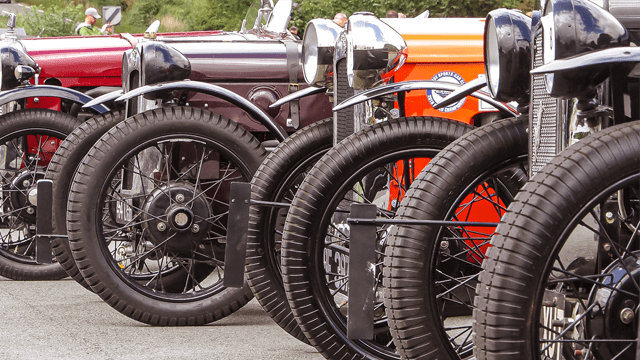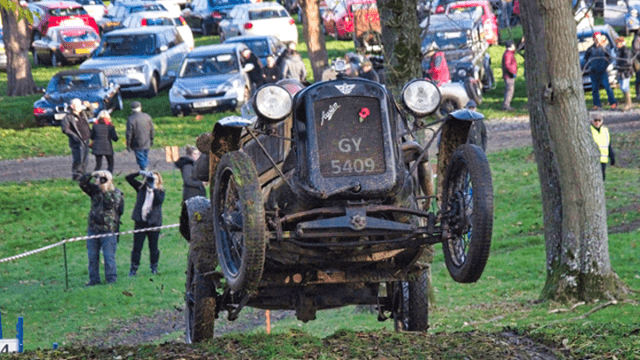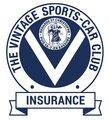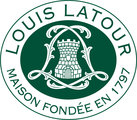NEWS
FIVA Announces Old Vehicle Charter
Wednesday 30 January 2013
Turin Charter officially comes into force
This policy paper highlights the cultural and historical importance of the automobile and advocates the responsible treatment of historical vehicles. These principles and guidelines provide support for owners of historical vehicles in the use, maintenance, repair and restoration of their vehicle. The charter is a landmark document, recognised worldwide. It is FIVA’s reaction to demands from international political organisations such as the EU Parliament and UNESCO, joining the ranks of the Barcelona Charter for the protection of historical ships and the Riga Charter for the protection of historical railways.
PRESS RELEASE
Turin Charter officially comes into force
International association of classic car clubs (FIVA) presents coherent guidelines for the responsible treatment of historical vehicles
Brussels/Stuttgart, 29 January 2013 – It was on 29 January 1886 that Carl Benz received patent no. DRP 37435 for his three-wheeled vehicle with a gas-powered engine from the Imperial Patent Office in Berlin. This dates signified the birth of the automobile and marked the beginning of personal transportation. Today, exactly 127 years later, 29 January 2013, the Turin Charter comes into force, having been adopted by the Fédération Internationale des Véhicules Anciens (FIVA) General Assembly in October 2012. This policy paper highlights the cultural and historical importance of the automobile and advocates the responsible treatment of historical vehicles. These principles and guidelines provide support for owners of historical vehicles in the use, maintenance, repair and restoration of their vehicle. The charter is a landmark document, recognised worldwide. It is FIVA’s reaction to demands from international political organisations such as the EU Parliament and UNESCO, joining the ranks of the Barcelona Charter for the protection of historical ships and the Riga Charter for the protection of historical railways.
In the Turin Charter, FIVA safeguards the right to drive historical road vehicles on international public highways. “If we want to be able to experience classic cars in the future, we must make sure they are recognised as a part of our culture worth protecting now”, according to FIVA president Horst Brüning. And that doesn’t mean putting old vehicles in museums. “Quite the opposite, we hope this charter leads to people seeing more classic cars on public roads. This is the only way to share their history and the fascination they hold with everybody”, Brüning continued. The charter instructs users to maintain as much of the original vehicle as possible in its running and restoration, to document all work undertaken and, of course, to maintain its roadworthiness.In the Turin Charter, FIVA safeguards the right to drive historical road vehicles on international public highways. “If we want to be able to experience classic cars in the future, we must make sure they are recognised as a part of our culture worth protecting now”, according to FIVA president Horst Brüning. And that doesn’t mean putting old vehicles in museums. “Quite the opposite, we hope this charter leads to people seeing more classic cars on public roads. This is the only way to share their history and the fascination they hold with everybody”, Brüning continued. The charter instructs users to maintain as much of the original vehicle as possible in its running and restoration, to document all work undertaken and, of course, to maintain its roadworthiness.Increasing interest in historical vehicles
More and more people are becoming interested in classic cars and would like to be able to call one their own. While the love of classic cars was just a hobby for a tiny number of enthusiasts a few years ago, today it has become a global movement. However, ever stricter and more complex environmental and safety requirements tempt people away from maintaining their classic cars in their original condition, so that they may continue to drive them on public highways. This is where FIVA, with its Turin Charter, comes in. This landmark document means that adjustments to policy in this area are to be conducted on an international, rather than a national, level. The UNESCO convention on the protection of cultural property of 14 November 1970 was used as a model. It has been accepted into the national law of 120 countries so far. In the Turin Charter, FIVA defines criteria and requirements according to which historical vehicles can be classified as cultural property.
A central theme of the charter is the preservation of as many of the original features of the vehicle as possible. This includes cars, motorbikes, commercial vehicles, trailers, bicycles and other mechanically driven vehicles, as well as any other land vehicles which do not run on rails, whether powered by steam, fuel, manpower or electricity. There is a whole catalogue of specific recommendations on the use, maintenance, preservation, restoration and repair of serviceable historical vehicles. For the first time, owners of historical vehicles have access to a document giving them clear guidance on the best way to look after their vehicle. An ID card based on the charter is also in the planning stages, guaranteeing every owner, buyer and seller that the vehicle has been used and cared for according to the Turin Charter.
Preserve, restore or modify?
The aim of the charter is to protect both the tangible and intangible evidence of the history of vehicles in order to pass it on. We seek to preserve the greatest possible authenticity. Expert and ongoing care of all parts of the vehicle and regular running are necessary for this. The more often a vehicle is driven, and therefore seen, on public highways, the more interest in the subject grows not only interest in the vehicles themselves, but also in the traditional skills of engineering, maintenance and operation.
FIVA differentiates between three different types of operation and maintenance of a vehicle: preservation – care in order to protect the vehicle from damage or decline in its original state, in its own way and with its specific historical value. The golden rule is to “keep the history in the vehicle”. A “better than new” appearance is not the aim. Restoration – this includes all kinds of repair, restoration or reconstruction. This encompasses, for example, supplementing missing parts or areas with the aim of restoring the vehicle to its earlier state and protecting the original parts as far as possible. Modification – this is comprised of all work which aims at a more or less precise, factory-new appearance of the vehicle, without taking historical accuracy into account. This kind of rebuilding can strip the vehicle of its cultural and historical significance and is not an approach endorsed by the charter.
A handbook, under the working title of “Vademecum”, will soon be available to provide further explanation of how the Turin Charter should be put into practice. Thomas Kohler, chairman of the charter group, is leading this project.
You can read more about the Turin Charter here:http://www.fiva.org/EN/Torino/Charter%20of%20Turin.html
Press contact:
ELBFISCHE – Visual communication agency
Mr Ekkehard Matthée
Klopstockstraße 27
22765 Hamburg, Germany
Tel. +49 (0)40 468 976 660
Fax +49 (0)40 468 976 661
Email em@elbfische.de
